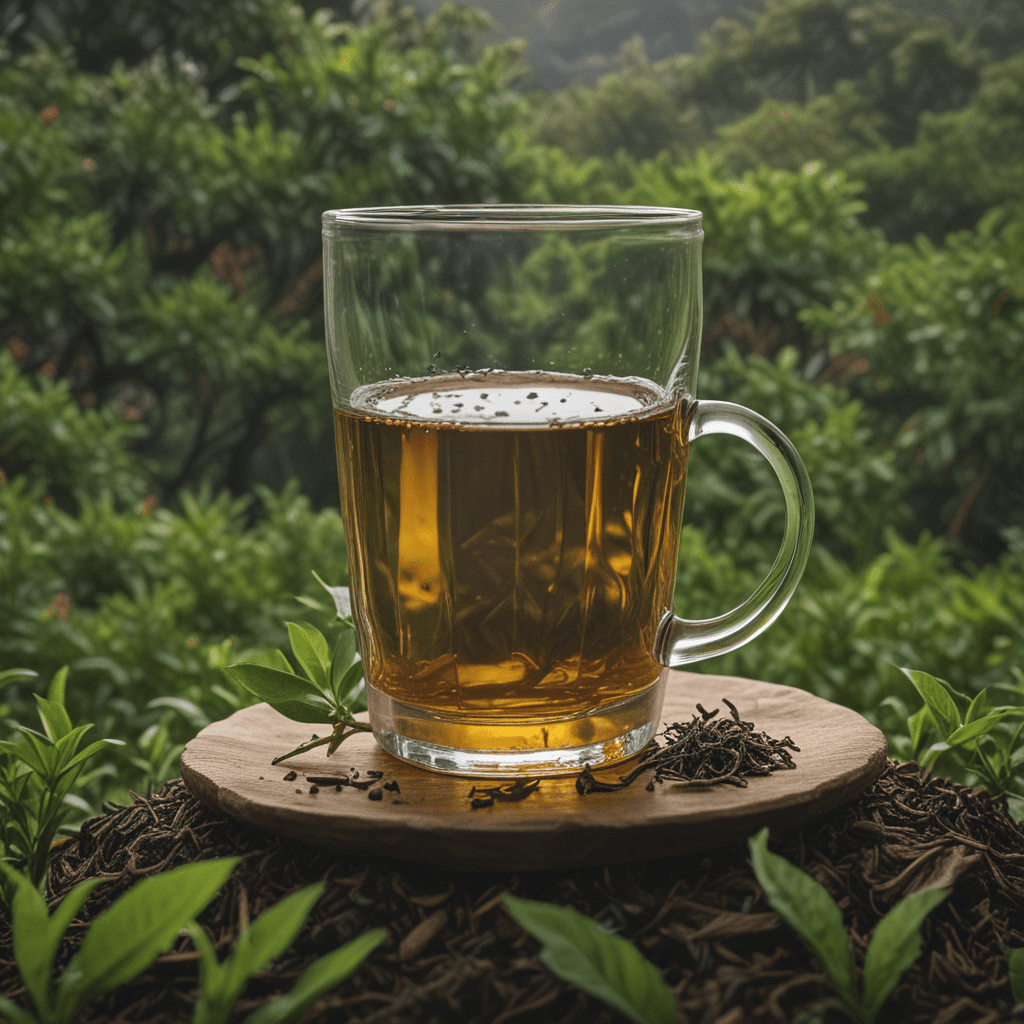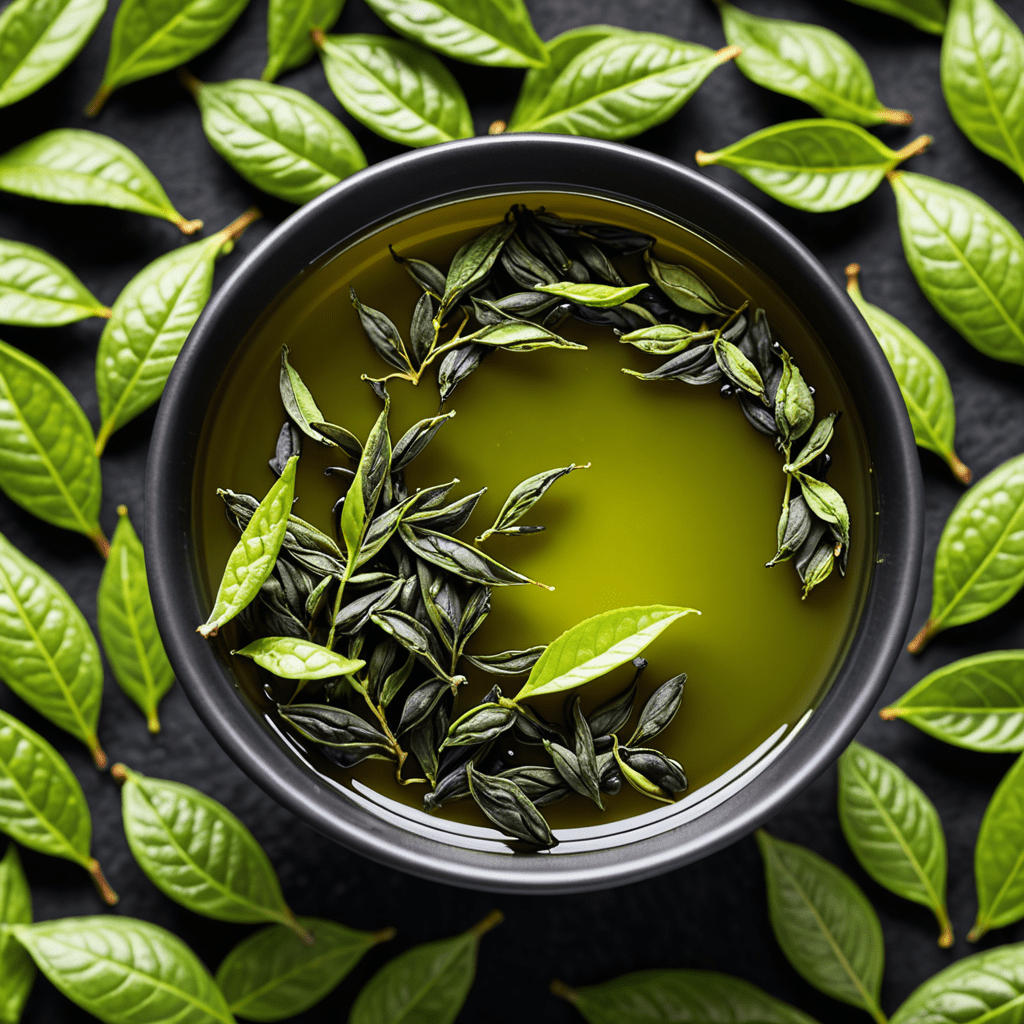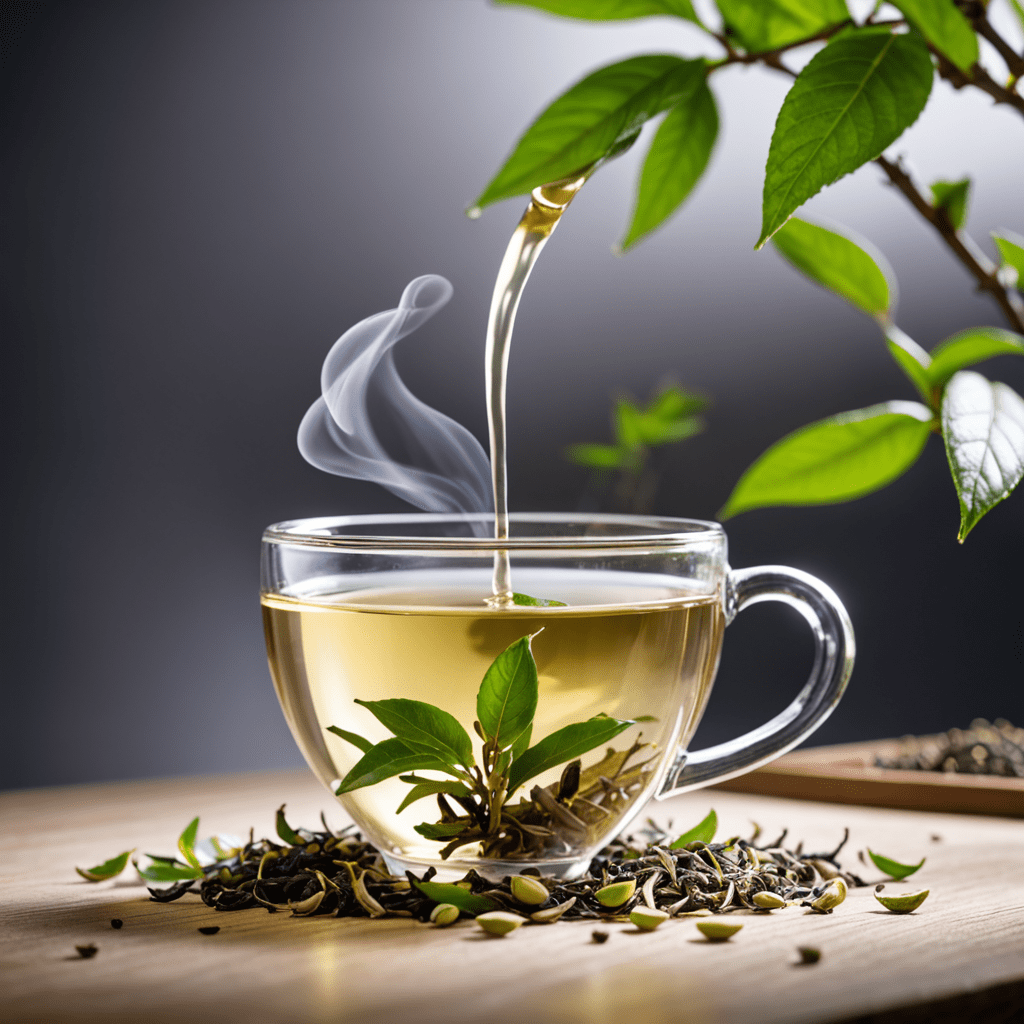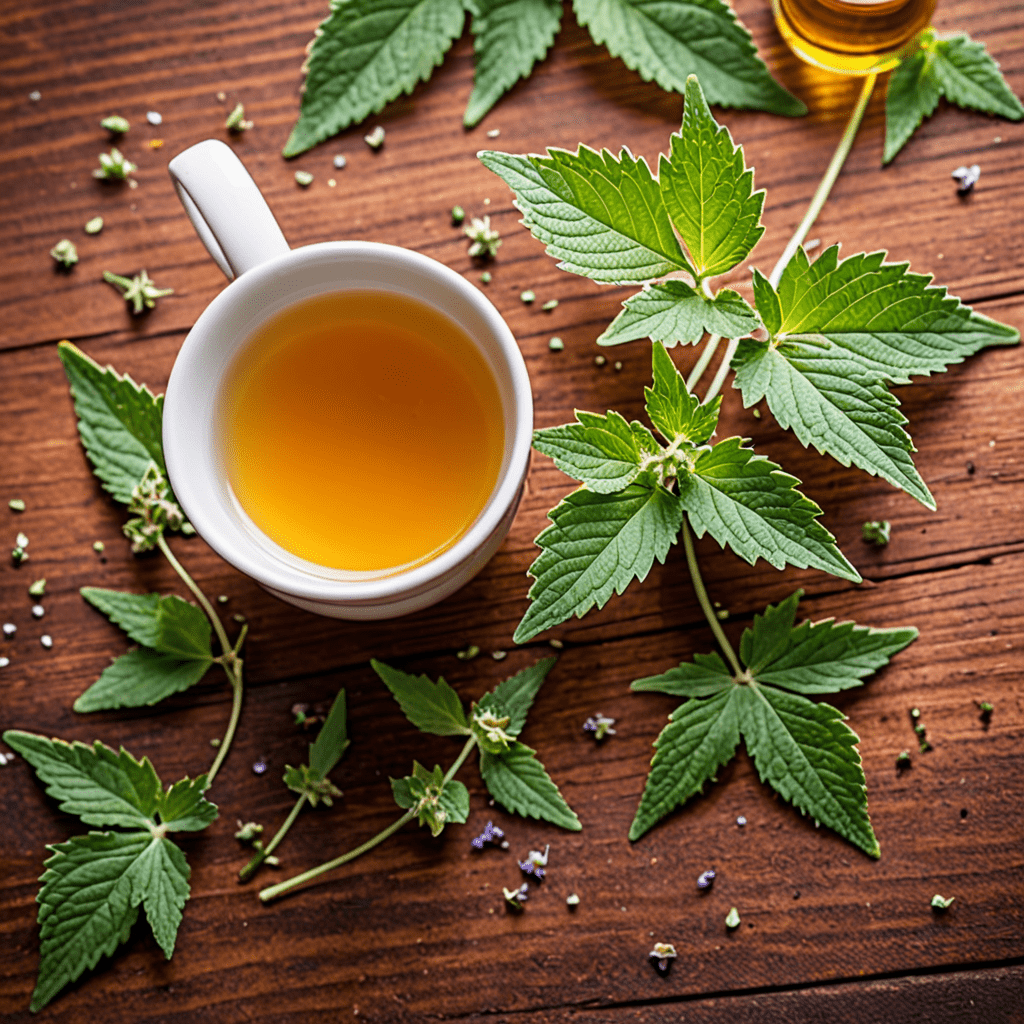
Historical Roots of Ceylon Tea Cultivation
Sri Lanka's rich tea-growing heritage dates back to the 19th century. In 1867, a Scottish planter named James Taylor introduced tea seedlings to the country, establishing the foundation for a thriving industry. The favorable climate and fertile soil of Sri Lanka proved ideal for tea cultivation, leading to the island nation becoming renowned for its exceptional tea production.
The Unique Terroir of Sri Lanka
The "terroir" of a tea region refers to the specific combination of environmental factors that influence the characteristics of the tea grown there. Sri Lanka's unique terroir is shaped by its tropical climate, high humidity, and diverse topography. The country's central highlands, with their rolling hills and abundant rainfall, provide optimal conditions for tea cultivation. Different regions within the highlands, such as Nuwara Eliya, Uva, and Dimbula, are known for producing teas with distinct flavor profiles due to variations in altitude, soil composition, and rainfall patterns.
The Art of Tea Plucking
Tea plucking is a crucial stage in tea production that requires skill and attention to detail. Tea leaves are hand-picked by experienced pluckers who select only the tenderest leaves and buds from the tea bushes. The plucking technique, known as "two leaves and a bud," involves carefully removing the top two leaves and the unopened bud from each stem. This precise selection ensures that the tea leaves contain the highest levels of flavor and aroma compounds.
Withering: Removing Moisture from the Leaves
After plucking, the tea leaves undergo a process called withering. This involves spreading the leaves in thin layers in a controlled environment to remove excess moisture. Withering reduces the water content of the leaves by about 60%, which makes them more pliable and easier to roll. The withering process also initiates enzymatic reactions that contribute to the development of the tea's flavor and aroma.
Rolling: Shaping and Bruising the Leaves
The withered leaves are then rolled to shape and bruise them. This process can be done by hand or using mechanical rollers. Rolling breaks down the cell walls of the leaves, releasing their juices and allowing them to absorb oxygen. The shape and size of the rolled leaves influence the tea's infusion characteristics, such as flavor intensity and steeping time.
Oxidation (Fermentation): Developing Flavors and Aromas
Oxidation, also known as fermentation, is a critical process in determining the flavor and aroma profile of tea. After rolling, the leaves are spread out in a controlled environment and exposed to oxygen. This exposure triggers enzymatic reactions that lead to the development of complex flavors and aromas. The level of oxidation is controlled by varying the duration and temperature of the process. Black teas undergo full oxidation, resulting in a bold and robust flavor, while green teas are minimally oxidized, preserving their fresh and vegetal character.
Drying: Removing Excess Moisture
The oxidized leaves are then dried to remove excess moisture. This process arrests the oxidation process and stabilizes the tea's flavor and aroma. Drying can be done naturally under the sun or using mechanical dryers. The drying method and temperature used influence the tea's final characteristics. Properly dried tea leaves have a crisp texture and a moisture content of around 3-5%.
Sorting and Grading: Ensuring Consistency and Quality
After drying, the tea leaves are sorted and graded to ensure consistency and quality. Sorting involves separating the leaves based on size, shape, and appearance. Grading is a more detailed process that evaluates the tea's flavor, aroma, and appearance. Different grades of tea are classified according to their quality, with higher grades commanding a premium price.
Blending: Creating Distinct Flavors
To create distinct flavors and aromas, tea manufacturers often blend different grades and types of tea. Blending allows for the combination of different flavor profiles and the creation of unique tea blends. Master tea blenders use their expertise to craft harmonious blends that cater to specific preferences and tastes.
Packaging and Distribution: Preserving Freshness and Aroma
Proper packaging and distribution are essential for preserving the freshness and aroma of tea. Tea leaves are typically packaged in airtight containers or bags to prevent moisture and oxygen from entering. The packaging material and storage conditions play a crucial role in maintaining the tea's quality and shelf life. Distribution channels ensure that the tea reaches consumers in optimal condition.
FAQs
1. What makes Ceylon tea special?
Ceylon tea is renowned for its unique flavor and aroma, which are influenced by Sri Lanka's distinct terroir and the traditional craftsmanship involved in its production.
2. How is Ceylon tea different from other teas?
Ceylon tea is characterized by its rich, complex flavor, which ranges from light and floral to bold and robust, depending on the region and processing method. It is also known for its bright, coppery color when brewed.
3. What are the different types of Ceylon tea?
Ceylon tea is classified into several types based on the level of oxidation: black tea, green tea, white tea, and oolong tea. Each type offers a distinct flavor profile and aroma.
4. How should Ceylon tea be brewed?
The optimal brewing method for Ceylon tea depends on the type of tea. Generally, black tea is steeped in hot water for 3-5 minutes, while green tea is steeped for a shorter duration to preserve its delicate flavor.


